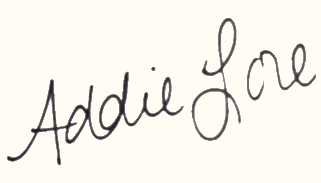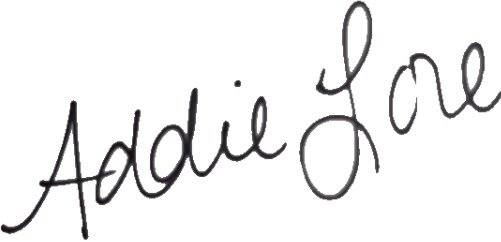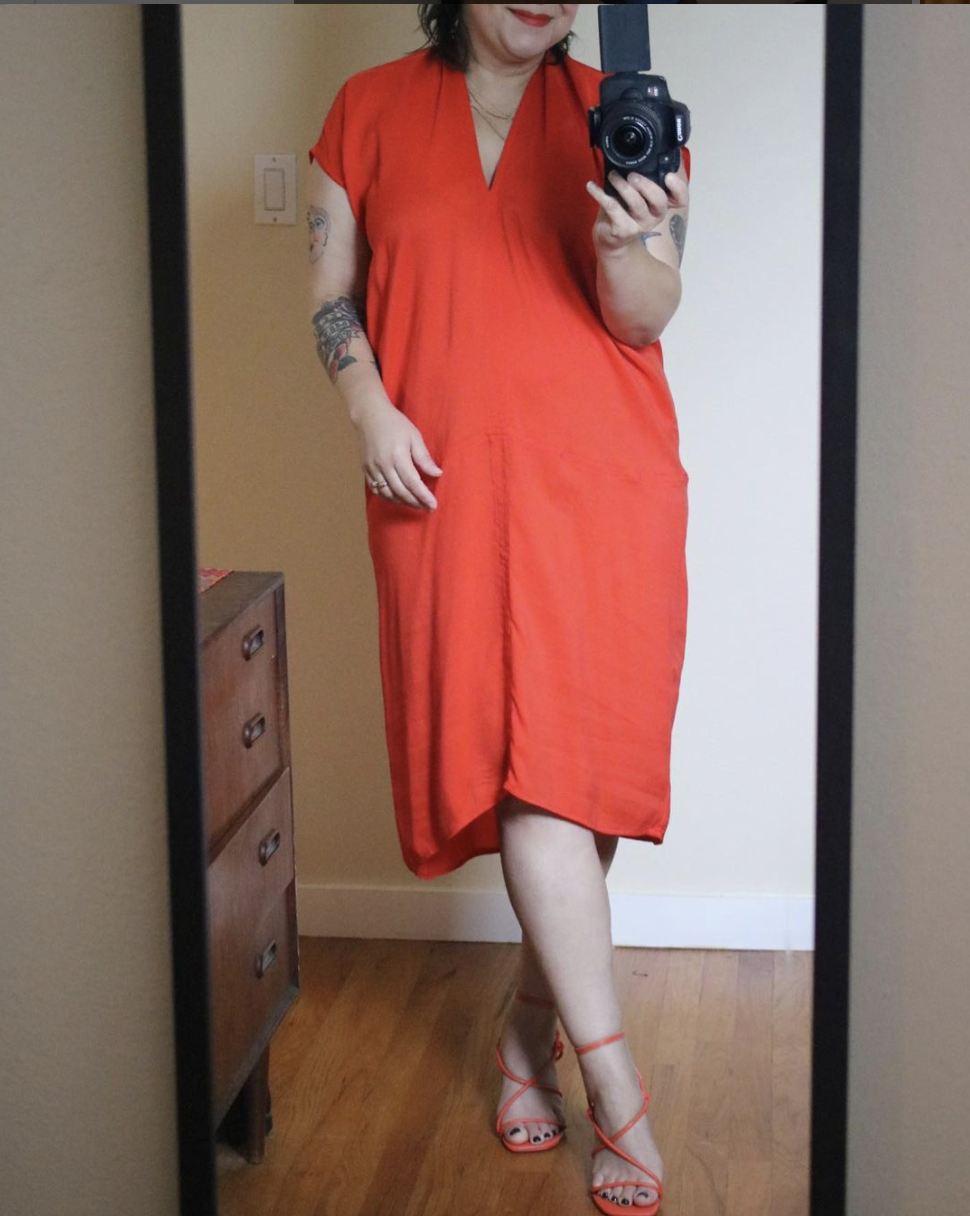So You, or Your Kid, Want to be a Fashion Designer
Here’s a list of resources. Before I dive in, let me say, I have been designing clothes as long as I can remember. I remember wearing my clothes and dress up clothes sideways, upside down and layered to customize for what I wanted as early as three, and remember sitting in church as early as four looking at everyone’s outfits and noting what I liked and what I would do differently. But I didn’t go to fashion school. Everything I know about sewing and design I have taught myself, so when I recommend these resources, know that this is my own personal curriculum for DIY fashion school. These are best of the resources that I have used myself to fill in my knowledge and skills and to start a fashion business with no connections and no formal training.
Drawing:
This is what most people think of as the first step, after inspiration, which can come from anywhere. I do not actually do a whole lot of drawing. I have always made lists, and descriptions. But a lot of people love the drawing part, a lot of people are good at it, and it does come in handy to be able to do a little. I think by far the best resource for getting started with fashion drawing is Illustrated Style School, which offers paper and digital courses and is based off of the MyBodyModel croquis, which is a digitally drafted croquis based off of your own measurements. A croquis is just a template of a body that helps you draw the clothing more clearly. The reason I recommend MyBodyModel is that it is drawing for a real body, with real proportions. Not only does this give you a more realistic idea of what your finished garments will look like, it bypasses a lot of impossible beauty standards built in to traditional fashion drawings (ex: no one is 10 heads tall with six of those being legs).
some paper dolls I made with MyBodyModel
For more detailed and playful drawing techniques follow @hnicholsillustration on instagram, or check out her books. She does use the traditional fashion school proportions most of the time, but makes some effort to be inclusive and she is a wizard with alcohol markers, and fun embellishments.
A Holly Nichols illustration of Taylor Swift on the Times cover
Planning:
Seamwork is a sewing pattern design company that offers a Design Your Wardrobe Course. This is only available with a membership, but it is as close as you’ll get to the full fashion collection process that you would learn in a fashion school for a fraction of the price. The questions they walk you through and the attention to detail are so helpful. I still use some of these worksheets in planning my collections for my business. The Inspiration>Refine>Moodboard>Looks>Projects format that the chapters of their workbook follow is legitimately what I am being told to follow in a Parsons fashion course, in order to create a portfolio for launching a brand or applying for a job in the fashion industry. It also comes with a few varieties of realistic body croquis. The membership includes two patterns per month from their catalog. Their patterns are not the best quality in my opinion. the finishes are not professional grade, and the fits are a little wonky. However, when I was starting out they would have been more than good enough, and they have tons of styles to get you inspired. If you can’t swing the membership yet, or just want a preview, there is a free mini version of the planning workshop.
free wardrobe planner
Pinterest, Milanote, and Same.Energy are all great online resources for searching, saving, and organizing fashion inspiration. You are probably familiar with Pinterest, it’s a classic, and I still use it almost everyday. Same.Energy is an image search engine that will get you a little more unexpected or nuanced results. Milanote is a moldboard making tool for collaging your ideas. There is limited space on the free version, but I just collage my current project, download it as an image or pdf when it’s ready, and delete it when I move on. I haven’t needed to upgrade yet.
A recent Milanote Collage for my Portfolio Seminar
The other tool that has been invaluable to me in developing my style and refining my vision is the StyleBook app. You save images of your clothing (from your camera roll, or you can save images of something from the internet that looks similar) and you make a little collage of your outfit each day. You can save them to wear again, and clone them to change out one or two pieces of a similar look. Then you record them on the calendar. I like to plan outfits when I have time to kill and then look for a quick idea when I am deciding what to wear or packing for a trip. It can track your wears to help you make sure you are reducing your foot print by re-wearing clothes, and it has a suitcase feature too. I make inspiration boards for certain themes I’m working out. The best feature for planning is style stats. You can look up most worn and least worn items and looks. This has really helped me distinguish my actual favorite wearable clothes from the things I think I will like to wear.
Sewing Practice:
For beginner beginners I love to recommend the Doll Dressmaking Series by Phoebe&Egg. These are free printable patterns that fit an American girl doll or these inexpensive cloth ones from the fabric store. I have made several by now for my sons and nieces. The Phoebe&Egg blog walks you through using the different pieces like building blocks to customize the garments you want to make for your doll, and since they use small pieces of fabric it is so low stakes. You can make dresses with just a fat quarter of easy to sew with quilting cotton.
If you have access to a sewing machine and someone to hold your hand while you get used to it, that is invaluable, if you’re not there yet, hand sewing can be incredible. When I first started to have some more freedom with my wardrobe in the college dorm, I did not have my own machine yet, and made some beautiful and sturdy garments with self taught hand sewing stitches. I also made a few messes. The book Hand Sewing Clothing by Louisa Owen Sonstroem, is excellent for learning hand sewing techniques and starting out with good habits.
If you love the building block approach from the Phoebe&Egg doll patterns and want to start making things you or your kid could wear the Building Block Dress book by Oliver + S patterns is a similar option for kids, and the Creative Hinterland Course by Sew Liberated is the same approach for adults. The Creative Hinterland is more pricey than the other two, but Sew Liberated patterns are wear I have learned so much about professional sewing finishes and making clothes that last through a lot of wears. Because making things you love and wearing them hundreds of times is the most important way to a sustainable wardrobe. If you’ve already worked on some of the doll dresses or the Building Block dress, you may feel like you can work out the hacks yourself with just the hinterland pattern, or you may feel like the extra instruction is worth the investment.
Which brings me to my next point. By all means when you are learning and experimenting, take advantage of those $1.99 pattern sales at the pattern store, but if you really want to learn new skills and good habits, invest in indie sewing patterns. Sew Liberated patterns were a huge skill jump for me, and I owe a lot of how I make clothes today to the way that Meg teaches you to construct garments, not in expensive courses, but in their pattern instructions. Priceless.
All Well Studio Bags Collection
If dresses aren’t your thing, All Well Workshop has the best beginner patterns including a whole collection of gorgeous bags. I love their simple and holistic approach to craft. Alabama Chanin School of Making has some terrific books and supplies for hand sewing with organic cotton knit, and their techniques and styles are all their own. This was one of my very first fangirl obsessions in the fashion world, and you can make a lot of things in their technique using thrifted t-shirts, since that’s how the founder got started.
Alabama Chanin Reverse Applique
Other pattern brands I love include Closet Core, who have several courses for learning specific skills like pants fitting, tailoring a blazer, or swimwear finishes. Cris Wood Sews has simple zero waste patterns that are great for beginners and those who prioritize sustainability. DIY Daisy also has low waste patterns with a more playful aesthetic, and I would recommend her book to anyone with a kid learning to design and sew. She is so fun and colorful. I also have a decent number of patterns from Elbe Textiles, Cashmerette, Helen’s Closet, Sophie Hines, Cool Stitches, and Muna and Broad. My favorite underwear pattern I started with is Scrundlewear by Stitch Upon a Time, but that was before the invention of the Perfect Period Panties Pattern by Sophie Hines, which is just incredible. I learned my first bralette sewing skills from Sophie, and from Madalynne lingerie patterns. Peppermint Magazine has an excellent assortment of pay what you can patterns, I have several that have become tried and true repeat sews. Fabrics Store has a lot of free patterns, and the instructions are professional grade, but the tutorials are on their blog instead of included in the patterns, and are kind of minimal, so these are better for more advanced sewists.
Cris Wood Sews Envelope Dress
If you are curious about zero waste and want more after Cris Wood patterns, check out Birgitta Helmersson, and her book Zero Waste Patterns. I am learning from her layouts, so that I can make more tailored garments, but still with minimal scraps.
Materials:
Fabrics Store is where I get my linen for my business. I buy bamboo rayon challis from Dharma Trading company for flowy drapey things, and I get all of my natural fiber knit fabrics from Nature’s Fabrics, and have since my cloth diaper making days. The handwoven recycled yarn fabrics I use are from Motif Handmade. These are great for basics. For more fun, interesting things I always check out Blackbird Fabrics and Stone Mountain and Daughter. A Thrifty Notion has exclusively deadstock and estate sale finds, so that is a really great option if you are looking for inspiration and not something really specific.
Dyeing:
Obviously tons of designers never dye their own fabric, but since it’s always been a key part of my practice, I’ll share about that too. I got started with Color By Accident and the accompanying kit from Dharma Trading Co. From what I can tell the book is no longer in print, but you can find it used a few places, and there are some tutorials by the author here. Her second book, Color by Design gets into beginner printing techniques.
Maiwa Print and Paint with Natural Dyes Class
Natural dyeing is a somewhat more involved and more expensive hobby, but I love it so much. Maiwa is the best source for supplies and has incredible classes. Botanical Colors is also a good supplier and has lots of tutorials on their blog to get started without a class. Dogwood Dyer has less comprehensive, but more affordable tutorials, and her A Year In Natural Dyes membership is a great deal to learn a lot of new skills.
Finally:
Follow other small business designers you love. Whenever I hit a wall, I have a bank of knowledge and experience beyond my own through Mrs. Emily, Free Label, Christine Alcalay, Lucky Sew and Sew, and Sophie Hines. I am so grateful for small designers who are a few steps ahead of me, and who share not only their products, but their process as well. I wouldn’t be here without them.










